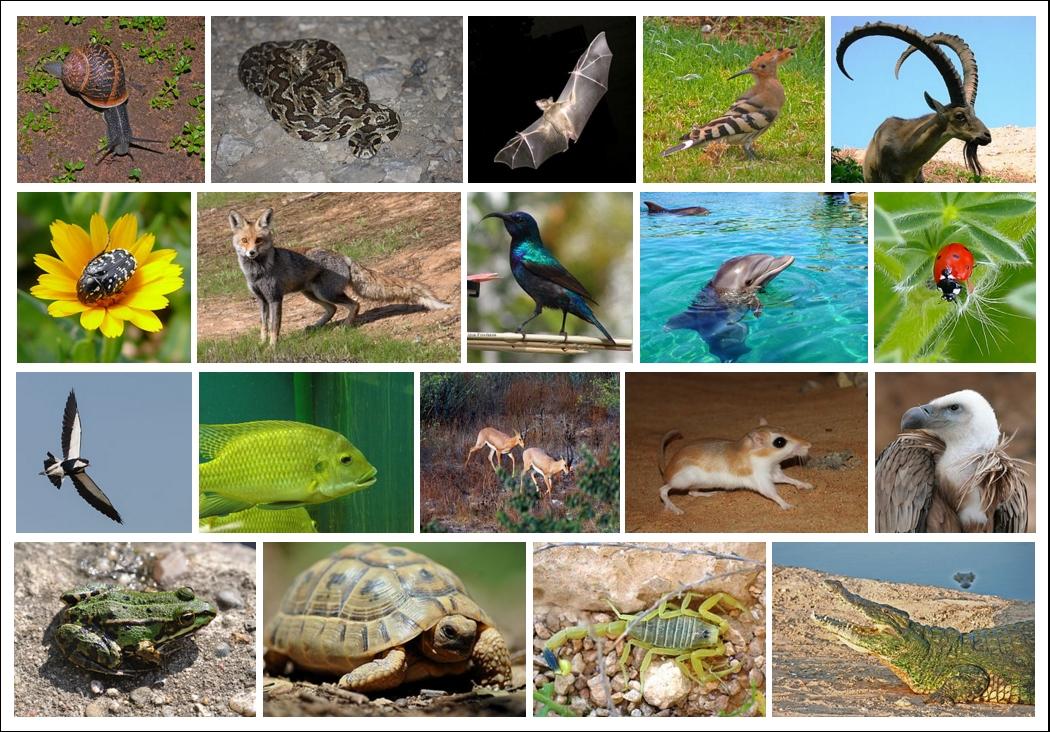
Exploring and Building Landforms Through Technology, Measurement and Fractions
by Arlette Johnson
In this integrated 3rd-grade lesson, students will explore different landforms, learn about fractions, and use technology to enhance their understanding. The lesson begins with an introduction to various landforms, followed by an exploration of real-world examples of landforms using Google Earth. Students then use fractions to create play dough and create a landform diorama using the play dough. Students measure their landforms to create bar graphs comparing the sizes of different landforms. This lesson offers numerous extensions for ELA such as creating a persuasive brochure about their landform diorama, and a descriptive paragraph detailing the features of their landform diorama. This multidisciplinary lesson ties together earth sciences, math, and English language arts, fostering a deeper understanding of how our planet’s features are interconnected.
Lesson Grade Level
3rd GradeLesson Plan Link/URL
https://docs.google.com/presentation/d/1e7FhOeV4WDCxiLaSSFEul1VKCHhcQ03u/edit?u…Subject Area
Science Earth and Space Science E1: Earth Systems Technology 3. Knowledge Constructor Mathematics Number and Operations—Fractions (NF) Measurement and Data (MD) English Language Arts (ELA) Reading (Informational Text) Writing Speaking & Listening
Featured
Off
Related Content

Grades:
9th Grade, 10th Grade, 11th Grade, 12th Grade
This lesson uses a PhET Simulation to allow students to collect data on the orbits of planets around our Sun, then summarize and share their results. It is designed for students in Grades 9-12.

Grades:
8th Grade
This lesson is designed around competition. Competition is a driving force behind natural selection. If something can survive to reproduce, the traits are passed on. Students will be completing

Grades:
4th Grade
In this unit, students will use their knowledge of weather and climate patterns to construct, place, and collect data from a rain gauge for one month. The beginning of the school year would be the